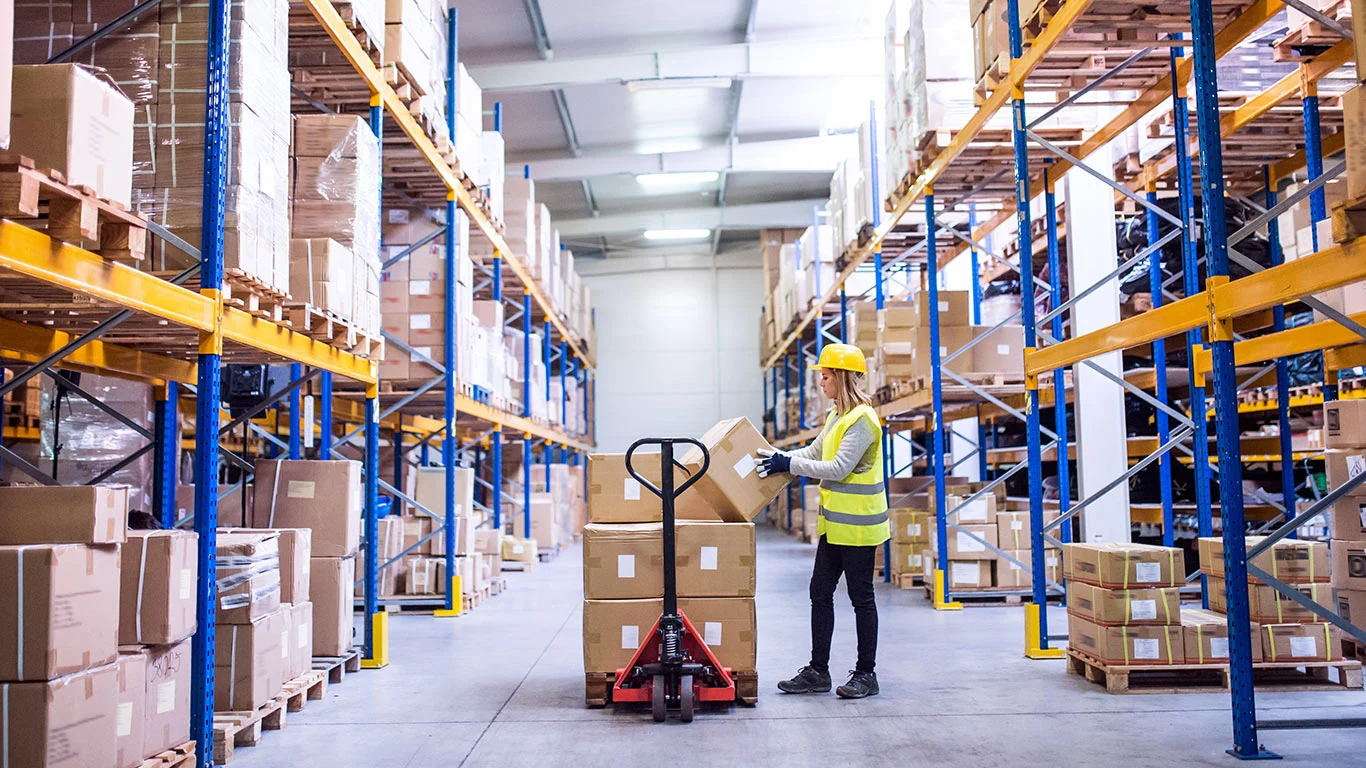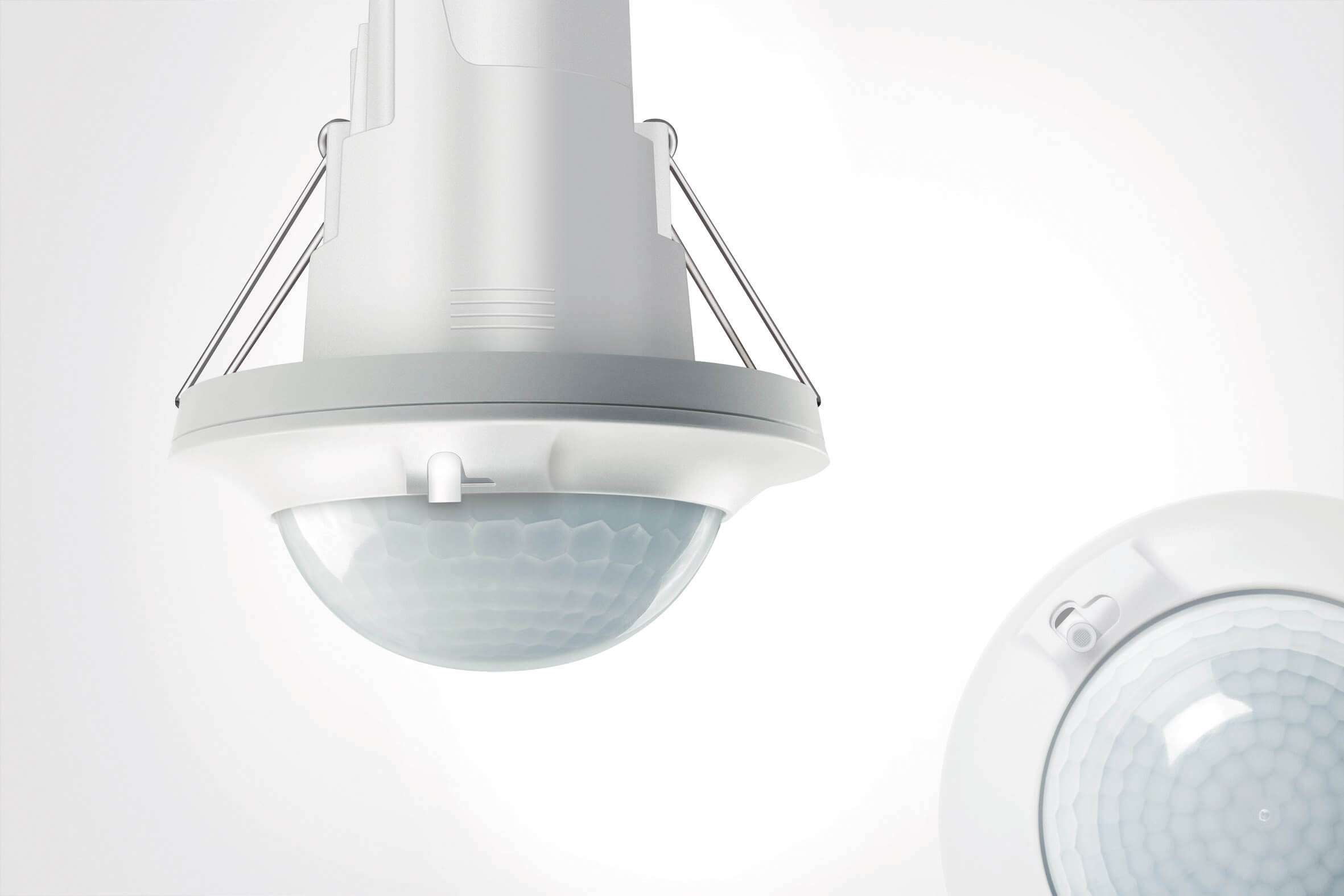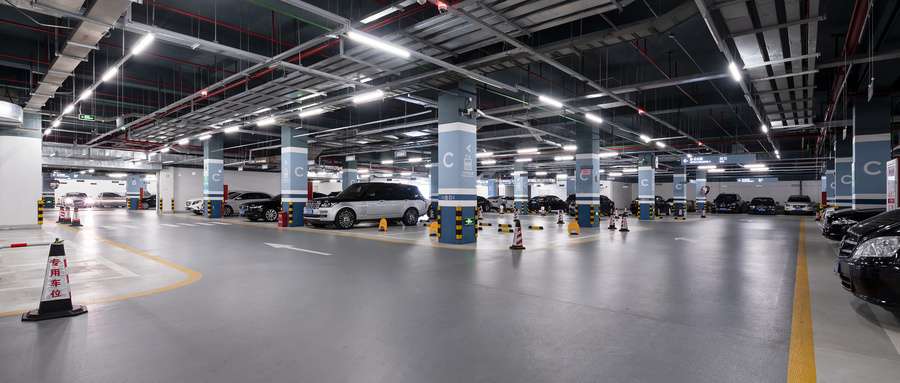An occupancy sensor is an effective way to analyze the utilization of the office and building space. The role of the sensor is to detect the presence of people. This detection function also ensures higher visibility about designing more informed future designs, optimize working practices, and ultimately boost employee productivity. Automated building technologies are a growing industry and, many organizations are investing in them for efficient occupancy analytics. If you seem to think that automation is the next step in your business, let us understand the basics of occupancy sensors for the workspace.
The occupancy sensors give several benefits. It helps one devise a plan that allows better use of the space already present, enhances energy efficiency, and stops wastage of electricity. Occupancy sensors also help in increasing employee productivity. The technology in developing these sensors is expanding and growing every day. The industry has grown a lot in the previous years. So understanding the best occupancy sensor that fits your requirement is a must for achieving the desired output.
Let us break down the concepts of occupancy sensors and understand them one by one to see which is the best fit for you and your company.
The Beginning Of The Process:
The very first step while implementing any changes to the workspace is defining the goal. One should have a clear idea about the goals and the metrics that require measuring. It gives us a stable platform to begin the journey. Goal defining will also make the task of finding the appropriate sensor easy. Defining goals also establish the points on which the output.
Some occupancy metrics that require measurement are:-
· Average utilization rates
· Peak vs. off-peak utilization
· Person to desk ratio
· Meeting room area and occupancy rates
By allocating enough time to plan and establish the correct aims, one can achieve Return on Investment (ROI) for the occupancy analytics solution.
The selection of sensors depends on several decisions like the principal driver behind the data collection of occupancy in the business.
Why Prefer Occupancy Sensors
Initially, the decision regarding accommodation and occupancy was guesswork dependent, but with enhancement in technology companies, corporate real estate facilities are better furnished to take an efficient decision about future strategies and accommodations. Understanding the occupancy also helps with the following:-
· Align business goals and costs:- It helps to regulate the departments to better-utilized workspaces. Thus, save cost on developing new spaces.
· It helps the leader to establish control. The data provides an efficient understanding of the meeting rooms, floor space, and building utilization across locations and teams.
· Having an idea about the occupancy influence stakeholder discussions withyes’;font-family:Calibri;mso-fareast-font-family:’Times New Roman’; font-size:12.0000pt;” >
· It helps you have a better outlook on future building designs and optimization.
· This technology also helps you find the best location for joiners to ensure they feel part of the company and learn something new every day.
· It helps in reducing wastage costs.
· It supports flexible working methods by pinpointing peak times and support work from home.
· It makes life easier with real-time data about all locations available in the office.
What Level Of Data Does It Provide?
Every sensor is capable of providing different room information. Some tell you about which room is empty and which is not. Others tell you how long a room has been in use. Some occupancy sensors go one step further and provide information regarding desk availability too. Area, building or, floor sensors are capable enough of telling the nuk=mber of workstations available. Everything comes down to the detail of the information you require. Depending on the information you need, you can choose the sensors. PIR sensors are cheaper in comparison to other sensors but, they provide only basic information. At the corporate level, one should select highly accurate sensors.
What About The Privacy, Of The Employees?
Some might question the privacy violation when it comes to occupancy sensor as it provides information about workplace utilization. Here are some steps you can follow to ensure no infringement of privacy happens on that front:-
· In case the sensor uses Image Recognition technology. Only use sensors based on device image processing. Never apply an interface to extract, store or, output images.
· Employees sometimes feel uncomfortable with devices keeping track of the desk occupancy. Start by taking smaller steps. Analyze data of meeting room and collaboration room, then communicate the advantages of using sensors to bring them on the same page.
· Right analytic platforms will enable you to customize the level of solitude so that your employees can feel comfortable at the office.
· Always be transparent about the conclusion of the information received by the sensors.
Some Tips For Decreasing The Expense Of Occupancy Sensors
Determination of occupancy sensors for your office.
There are some technology fundamentals one should consider to save installation and support costs.
· Firstly, there are numerous broadcast standards in the market. If you decide to choose a wifi-based solution, make sure to use the existing corporate WiFi system to conserve time and bills associated with installing separate gateways, guides, and wires on every floor.
· If you are not using the WiFi solution, then analyze the requirement of antennas and gateways on every floor or building. There is a default model for deployment but, a default model does not guarantee the best-optimized output.
· For short-term area utilization reports, the battery-powered occupancy sensors are perfect. However, be alert if the sensor vendor guarantees several years of battery time.
· It is beneficial to study the technical blueprints carefully for details such as scan interim. For example, it is inefficient to use any battery-powered sensor in real-time occupancy data streaming solutions where a high scanning frequency is required.
· Many sensors come with a permanent power supply. These sensors most often require a USB cable that extends from the power supply to the sensor. Though this may increase the time taken in installation, it will be one of the most economical and cost-efficient solutions in the long run. USB-enabled sensors will not require frequent battery replacements.
Therefore to maximize the use of your workplace, adopt this new technology for higher efficiency and productivity.







Leave A Comment